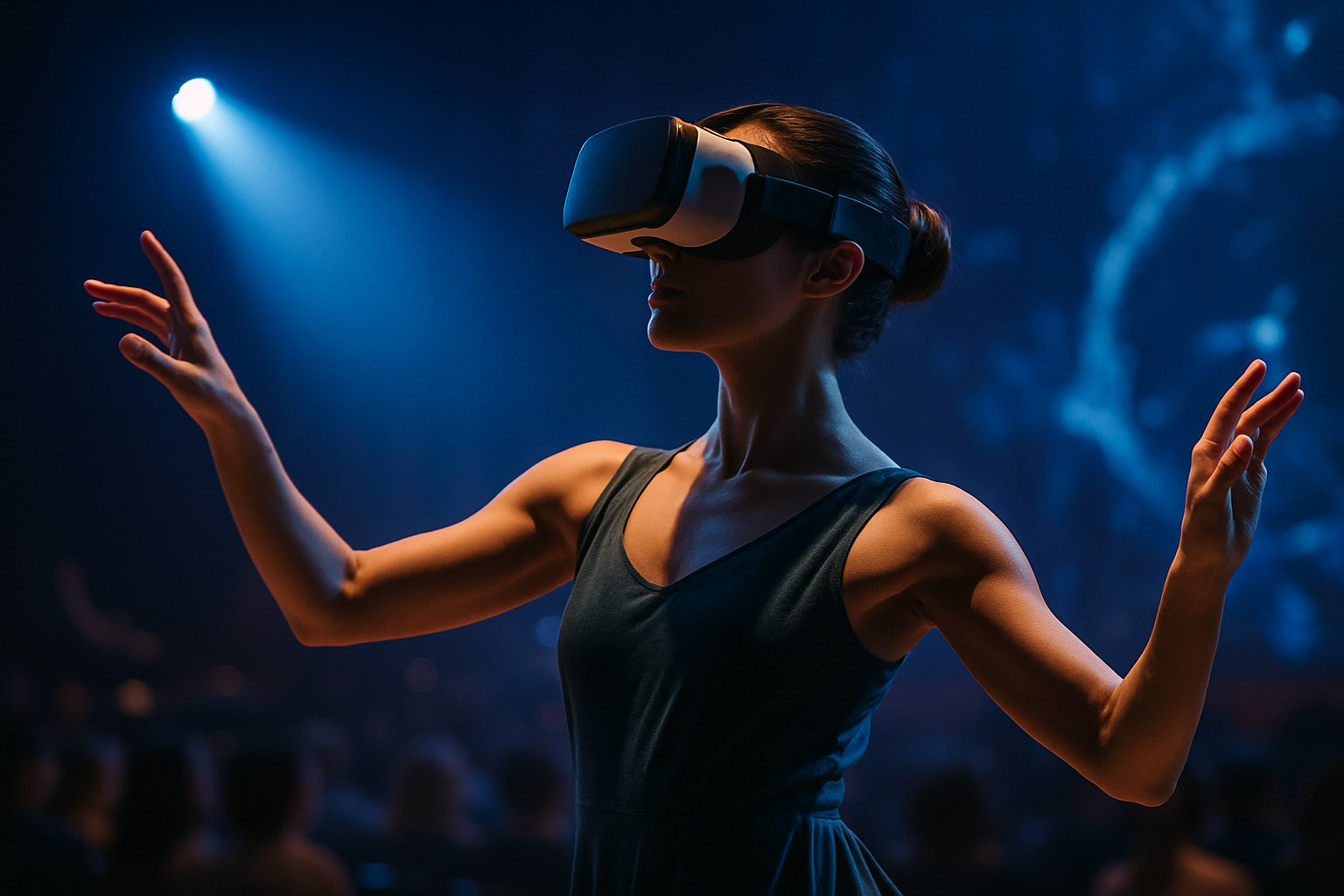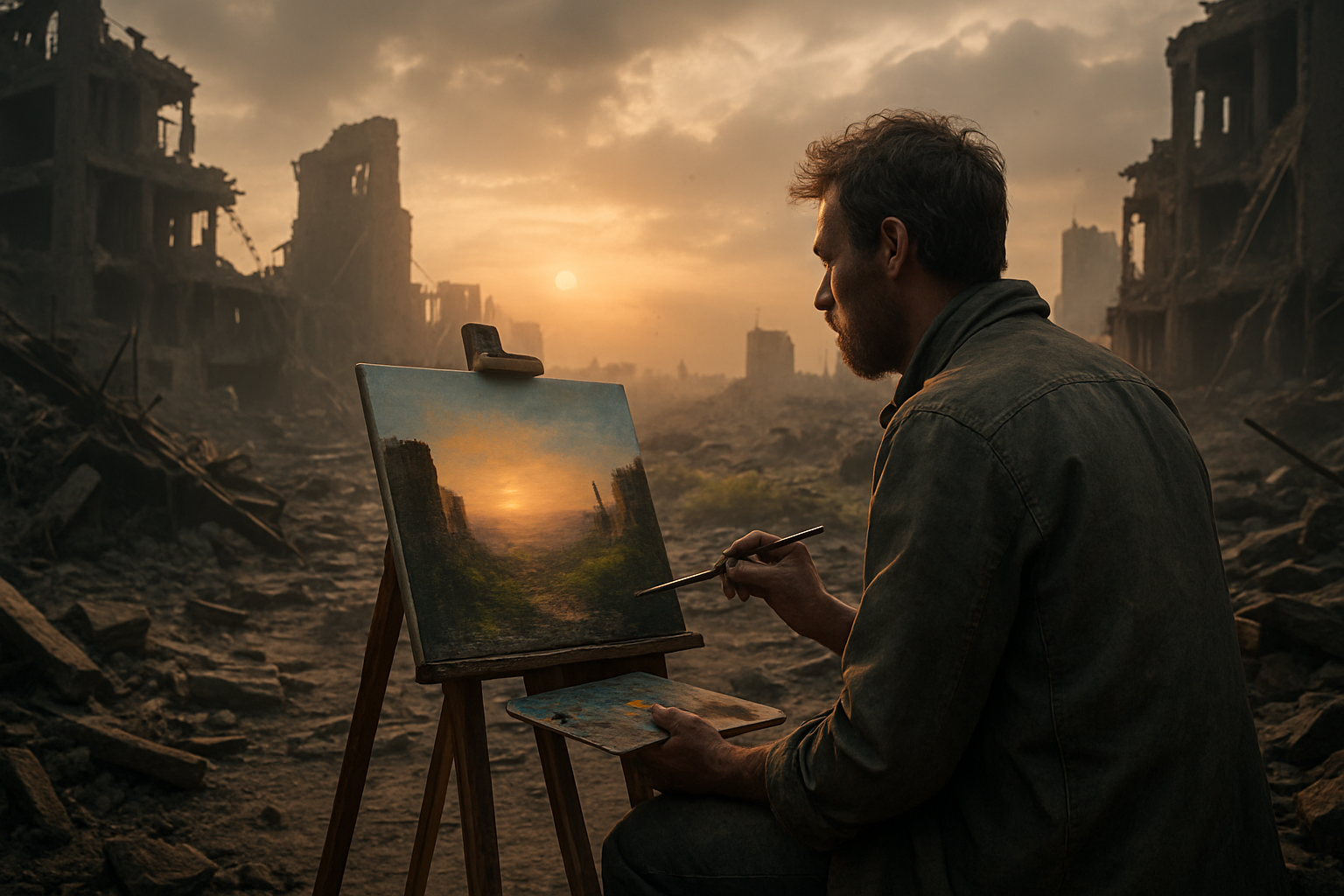Breaking Boundaries: The Influence of Virtual Reality on Performing Arts
What was once science fiction has now become a reality. Virtual Reality (VR) technology is no longer just for gamers; it's redefining the performing arts industry. With its immersive nature, VR is changing how we experience, create, and appreciate art, making it an exciting frontier for artists, audiences, and critics alike.

A New Dimension in Performing Arts
Virtual Reality first emerged in the mid-twentieth century, but it wasn’t until the last decade that it began making waves in the arts industry. Historically, performing arts such as theater, dance, and music were confined to physical spaces like stages and galleries. However, VR technology has shattered these limitations, allowing creators to build immersive, interactive environments that break down the conventional barriers between performers and audiences.
Virtual Reality: The Current Landscape
Today, the impact of VR on the performing arts is more pronounced than ever. The global pandemic has underscored the importance of digital platforms in keeping the arts alive. Many theaters and performance groups have turned to VR to connect with their audiences amid social distancing measures. For example, the Royal Shakespeare Company collaborated with digital artists to create a virtual reality adaptation of “The Tempest,” which allowed viewers to experience the play in a completely new and immersive way.
Impact and Significance of Virtual Reality
The advent of VR in the performing arts has led to a paradigm shift in artistic expression and audience experience. Artists now have an unprecedented level of creative freedom, as VR allows them to manipulate space, time, and scale in ways that were previously impossible. Meanwhile, audiences are no longer passive observers; they can actively engage with the performance, exploring the virtual environment at their own pace. This immersive interaction can lead to a deeper emotional connection with the art.
The Reception of Virtual Reality in Performing Arts
While there has been some skepticism about the integration of technology in the arts, the reception of VR in the performing arts has been largely positive. Critics have praised the innovation and creativity that VR brings, noting how it offers a novel way to experience art. However, they also caution that technology should not overshadow the essence of the performance. As VR continues to evolve, it’s crucial that it complements, rather than replaces, traditional artistic techniques.
Looking Ahead: The Future of Virtual Reality in Performing Arts
The potential of VR in the performing arts is vast and largely unexplored. As technology continues to advance, we can expect to see even more innovative uses of VR in theater, dance, music, and beyond. While the journey is just beginning, one thing is certain: Virtual Reality is here to stay, and its influence on the performing arts is set to reshape the industry in groundbreaking ways.
In conclusion, the integration of Virtual Reality into the performing arts is a testament to the transformative power of technology. By offering new ways to experience and engage with art, VR not only enriches our understanding of the performing arts but also paves the way for a future where art and technology coexist in harmony. As we embrace this digital revolution, we are not just spectators, but active participants in the unfolding narrative of arts and technology.





